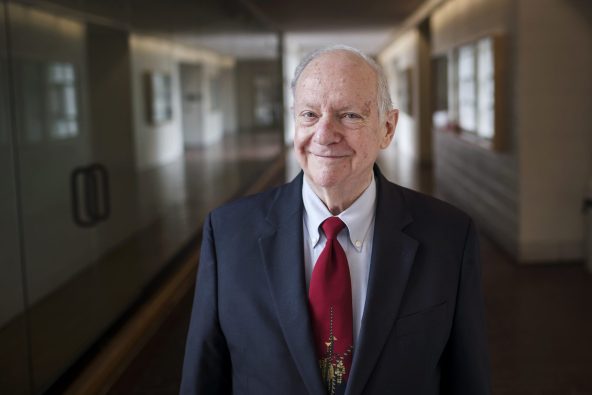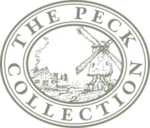About
In 2017 the Ackland Art Museum at the University of North Carolina at Chapel Hill received its largest gift to date. Donated by UNC alumnus Dr. Sheldon Peck and his late wife Leena, the gift included 134 largely seventeenth- and eighteenth-century Dutch and Flemish drawings as well as a generous endowment to support a new curator of European and American art before 1950, future acquisitions, exhibitions, educational materials, and public programming related to the collection. The Peck gift instantly placed the Ackland among the important repositories of Dutch and Flemish drawings in the United States and established the Museum as one of a handful of universities in the nation where drawings by seventeenth-century northern European masters can be studied in great depth.
A native of Durham, Sheldon Peck (1941 – 2021) was a double alumnus of the University, receiving his undergraduate degree from UNC-Chapel Hill in 1963 and his doctorate from the UNC School of Dentistry in 1966. He and Leena (1945 – 2019) enjoyed distinguished careers as prominent orthodontic specialists and educators in the Boston area.

The Peck Collection started as a collaboration between Sheldon and his late brother Harvey and continued as a joint interest shared with Leena. The result of over forty years of exceptional connoisseurship, scientifically rigorous analysis, and dedicated pursuit, the Peck Collection stands as an internationally significant achievement. The collection encompasses depictions of landscapes, scenes of everyday life, portraits, preparatory studies, and bibilical and historical scenes, forming a dynamic and representative group of drawings by some of the most outstanding artists of the period. Drawings by Rembrandt van Rijn, the most celebrated Dutch artist of the seventeenth century, are also included in the collection, making the Ackland the first public art museum in the United States to own a collection of drawings by Rembrandt.
When the Pecks donated their collection to the Ackland, they emphasized the importance of its widespread distribution through visually captivating digital technology. People wishing to see the drawings should not have to be at the Ackland to enjoy them. Rather, a deep and significant experience is achievable through a robust website. This site, therefore, acts as the primary digital destination for the Peck Collection, providing an educational resource that is both informational and visually stimulating. It encourages discovery through high-resolution imagery and in-depth scholarly commentary. The website will be regularly updated with past and current scholarship, and will continually build awareness of the Peck Collection and its significance through new content.
